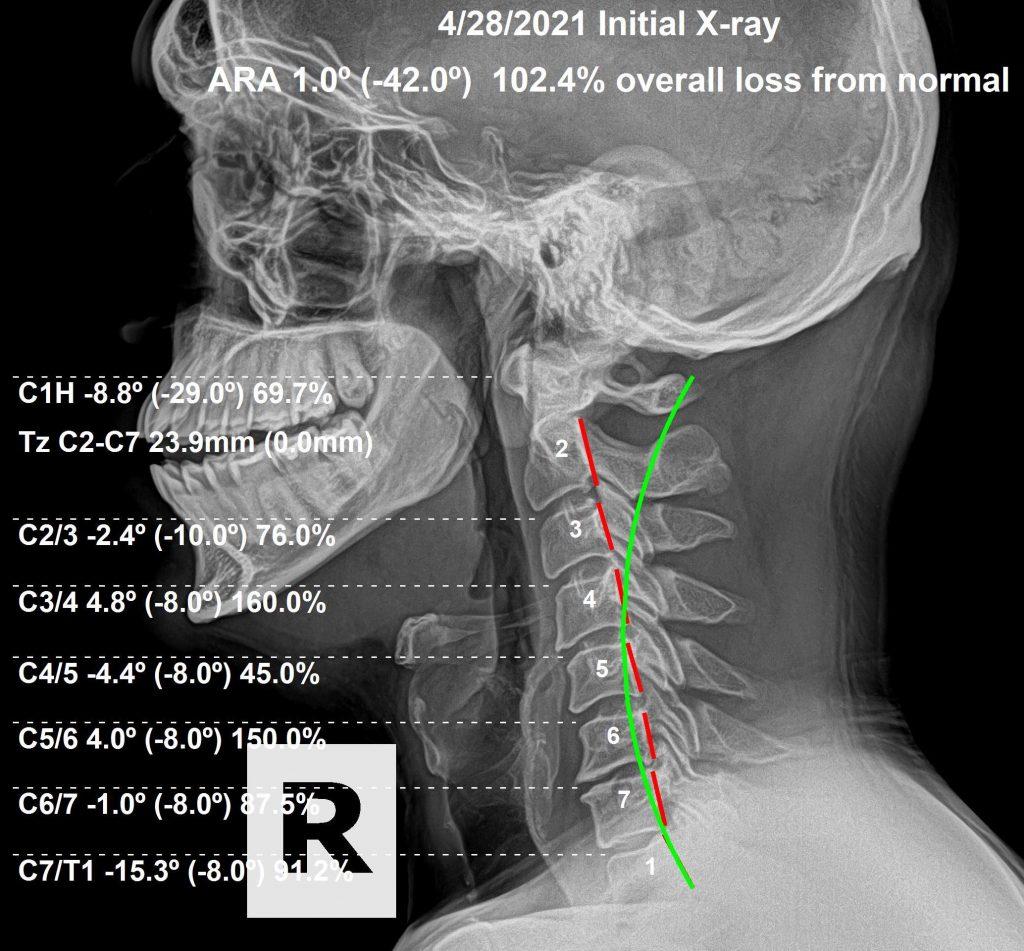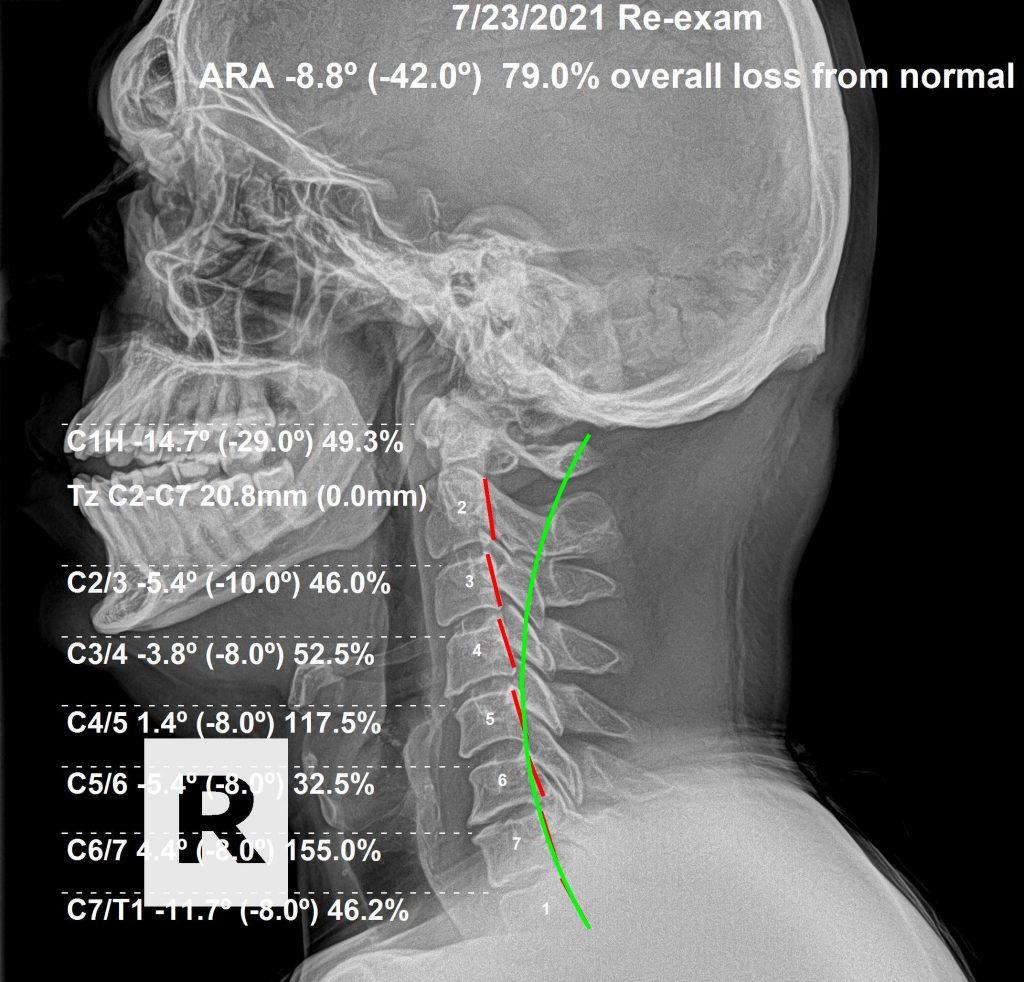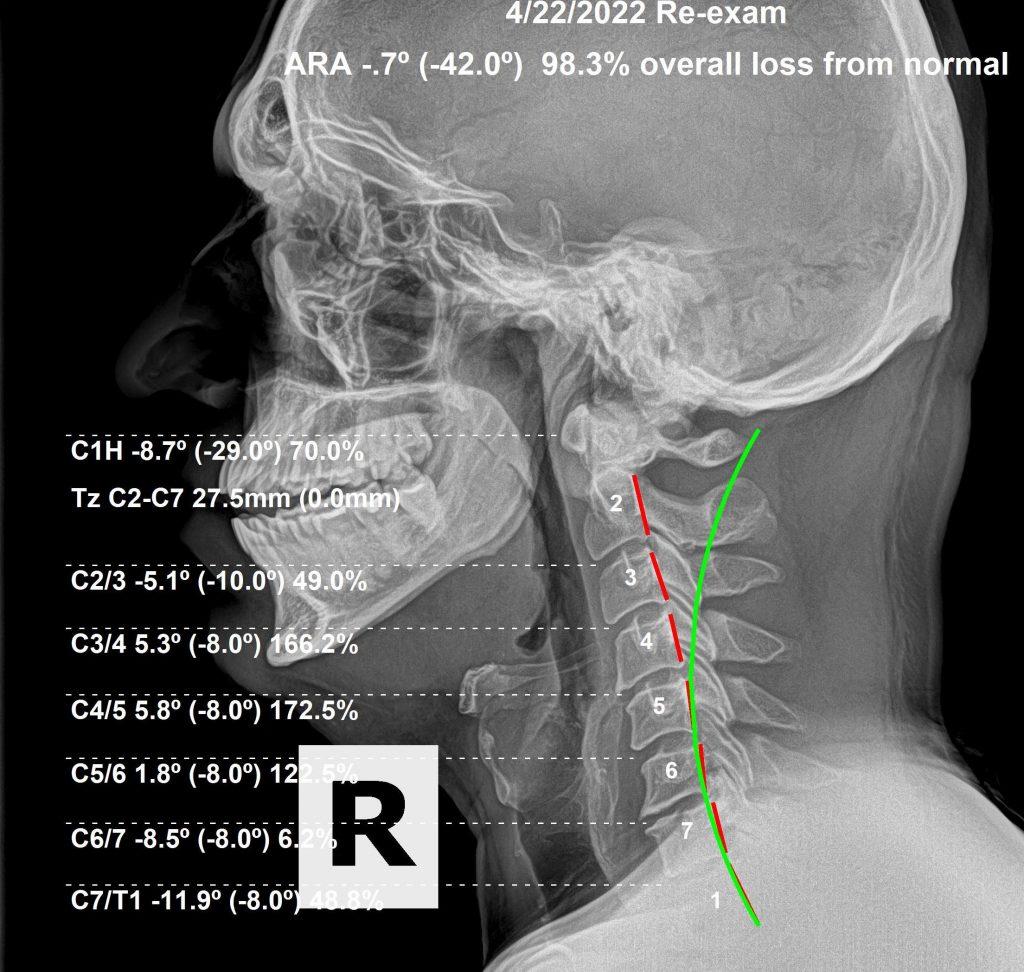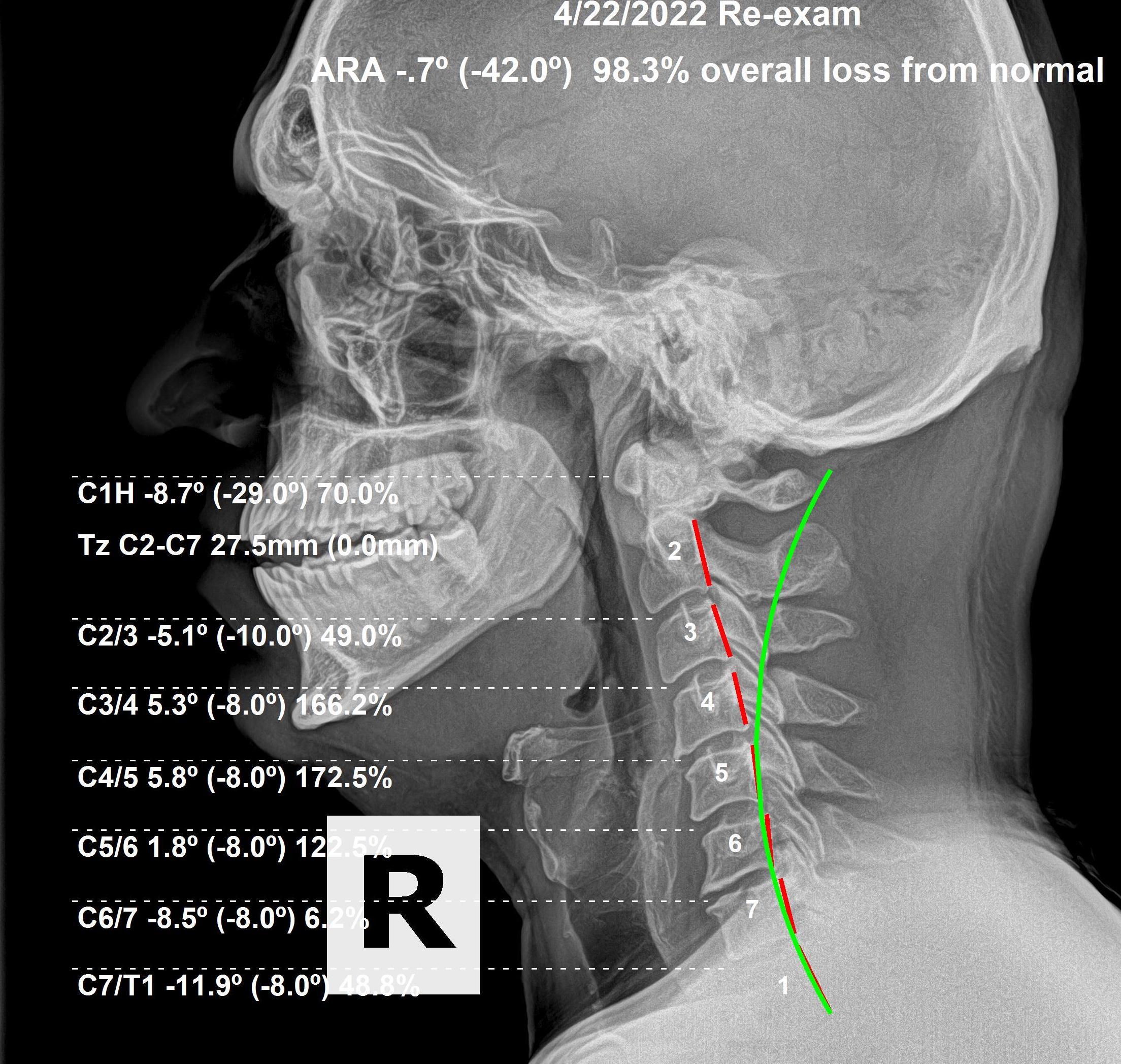I find that people always maintain what’s important to them, whatever they value most. This holds true in material items (cars, phones, houses, clothes etc). This also holds true in relationships, in faith and belief systems, and in most importantly, in health. Material things can be replaced, if maintained. Health can be restored, if attended to early enough. Just like in relationships and material things, health restoration takes time, and in some cases, once a certain amount of damage has occurred, the damage becomes permanent and irreparable. (We will discuss these principles of health: Principle 6 and 24 in future posts).
Maintenance matters
Do you remember when Allstate paid for oil changes and tire rotations on your car? Or when United Health Care paid for you to shop at Whole Foods and covered the cost of installing a water filtration system on your house? No….. hmmm… interesting… oh wait, NEITHER DO I!!!
Why don’t insurance companies pay for the things that make your health and your car last? They are not in the maintenance game, but in the emergency game. An accident (auto emergency) or a heart attack (health emergency) is their responsibility. It is YOUR responsibility to maintain what’s important. If you want your car, or your health, to function properly, maintenance is your responsibility.
Health maintenance: where do you start?
Health maintenance starts with spinal maintenance. Everybody knows that you don’t put a retainer on before braces. Braces always come before the retainer. They both correct dentition, but one does so aggressively in order to correct, the other does mildly, to maintain the work that has been done.
Chiropractic maintain what’s important. When it comes to your health, you are talking about your spine. When a spine is maintained in good alignment, it lasts. The discs last, the bones last, and the system gets the proper amount of nerve connections, ensuring that the systems works the way it was designed to work.
When a spine is allowed to break down and degenerate from lack of maintenance, discs where out prematurely (bulging, herniation, etc). Bones also degenerate faster than normal (spondylosis). When these two conditions occur, over a lifetime, the nerve system is unable to carry out its coordination and control functions, leading to dis-ease (lack of harmony), producing the functional loss: disease. This is preventable, but “maintaining what’s important” has to be important to you.
Why are there three x-rays?
This is the only evidence based chiropractic care I care about. This is a 39 year old male who sought care for low back problems. His lumbar dysfunction was so bad, he couldn’t workout, could barely drive because of the pain, and was starting to lose Quality of Life.



As we usually do, we x-ray’d his spine and saw greater evidence of spondylosis and degeneration in his neck, than in his low back. This means that the non-symptomatic problems of alignment in his neck, were there far longer than the symptomatic presentation in his low back. We recommended a care plan that took time (Principle 6) and proceeded to adjust him when necessary, where necessary, to correct subluxations and ensure strong brain-body connections. In his case, we were limited by time because he is an international patient in our office. He only had 3 months to receive care before having to head back to his country of origin.
The results of his first round of care were outstanding. Not only was he able to return to his level of exercise, but his overall QOL’s factors improved as well. Here is where regular maintenance comes in. After our initial care plan, he had to return to his country of origin. He returned almost a year later. The third x-ray shows the effects of lack of maintenance.
Initially, we were able to correct his curvature from a +1 degree curve (102% loss) to a -8.8 degree curve (only a 70% loss). Normal is -42 degrees. An almost 30% improvement. When he returned and we updated his records, his curve had begun to worsen. As of 04/2022, he had lost 8.1 degrees of curvature, and guess what???? His symptoms had begun to return as well.
It is far easier to maintain that to treat
Correction of the spine is a difficult, time intensive process. This is why we recommend going through a short period of correction, with graduation to stay longer in maintenance. In maintenance, the Innate Intelligence of the body continues to correct spinal subluxations, it just does so with less input from me, the chiropractor. Recognizing that your health is your greatest asset (it will allow you to enjoy life in better condition for longer, work longer, provide longer, etc.), doesn’t it make sense to treat it with greater respect and care than you do your material possessions? Your spine is what’s important. You should maintain what’s important with care and intentionality. Don’t lose the one thing that affects everything else.

